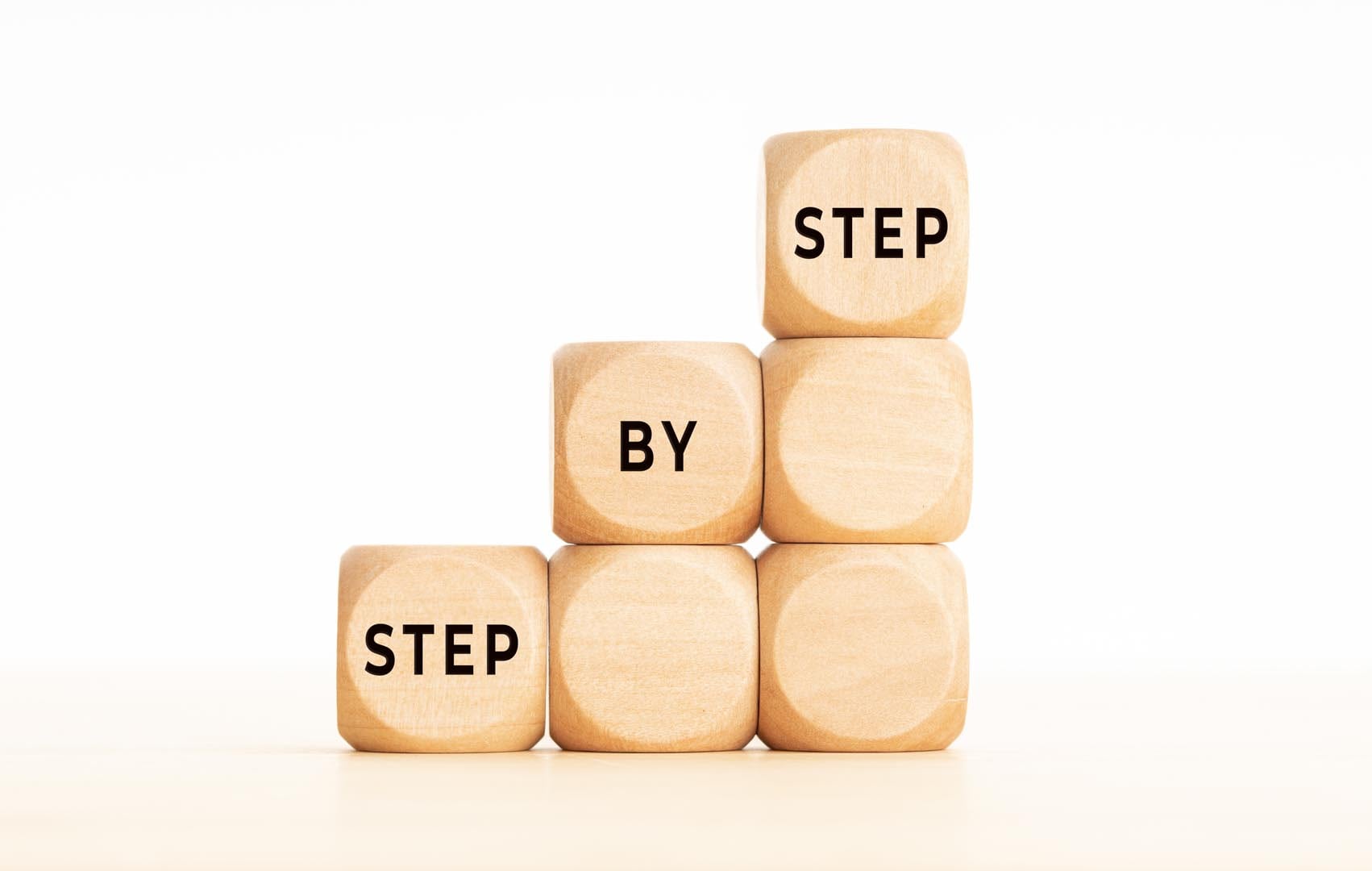Who Can Benefit From ABA?
ABA has succeeded with individuals of all ages, even when they do not have a disability. In the 1960s, behavior analysis was performed on young children with autism and related disorders. Since that time, several ABA techniques have been developed for creating useful skills in individuals with autism of all ages. The techniques are used in structured situations such as formal instruction in classrooms, in addition to everyday situations such as during play. They are also used to develop not only basic skills — such as looking, listening, and imitating — but also complex skills — such as reading, carrying on a conversation, and adopting the attitude of other children.
ABA principles can be used to enhance the lives of individuals with autism and allow them to live happier and more productive life. Studies have shown that about 47 percent of children who were involved in intensive behavioral therapies at an early age achieved higher educational performance and IQ levels.
The Efficacy of Applied Behavior Analysis (ABA)
ABA is known to be a safe and efficient treatment for autism, and is supported by several states and scientific organizations, as is evident in their reports:
The 2001 U.S. Surgeon General’s Report On Mental Health Stated:
“Among the many methods available for treatment and education of people with Autism, Applied Behavior Analysis (ABA) has become widely accepted as an effective treatment. Thirty years of research demonstrated the efficacy of applied behavioral methods in reducing inappropriate behavior and in increasing communication, learning, and appropriate social behavior.”
The New York State Department Of Health Assessed Interventions For Children Ages 0 To 3 With Autism, Recommending That:
“Behavioral interventions for reducing maladaptive behaviors be used for young children with autism when such behaviors interfere with the child\’s learning, or socialization or present a hazard to the child or others.”
The Maine Administrators Of Services For Children With Disabilities Noted In Their Report That:
“There is a wealth of validated and peer-reviewed studies supporting the efficacy of ABA methods to improve and sustain socially significant behaviors in every domain, in individuals with autism. Importantly, results reported include ‘meaningful’ outcomes such as increased social skills, communication skills, academic performance, and overall cognitive functioning. These reflect the clinically significant quality of life improvements. While studies varied as to the magnitude of gains, all have demonstrated long-term retention of gains made.”
The National Institute Of Mental Health Reported That:
“The basic research done by Ivar Lovaas and his colleagues at the University of California, Los Angeles, calling for an intensive, one-on-one child-teacher interaction for 40 hours a week, laid a foundation for other educators and researchers in the search for further effective early interventions to help those with ASD attain their potential. The goal of behavioral management is to reinforce desirable behaviors and reduce undesirable ones.”
The National Research Council’s 2001 Report On Educating Children With Autism Acknowledged That:
“There is now a large body of empirical support for more contemporary behavioral approaches using naturalistic teaching methods that demonstrate efficacy for teaching not only speech and language but also communication.”








